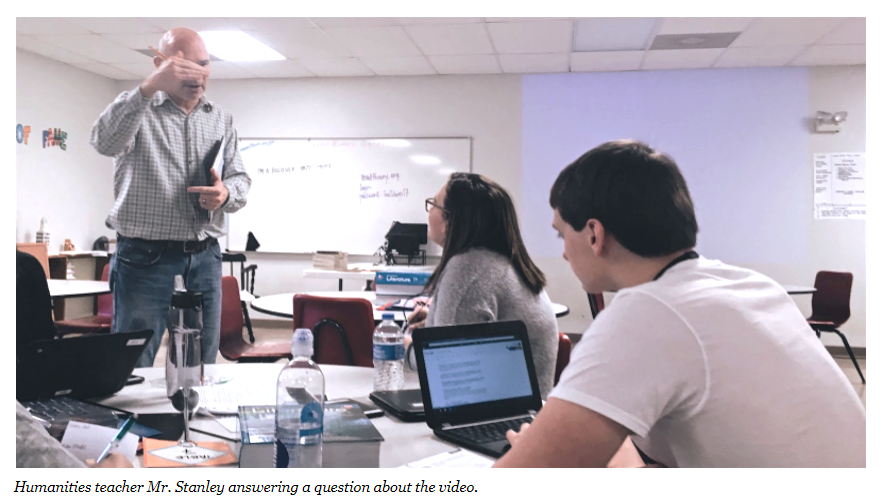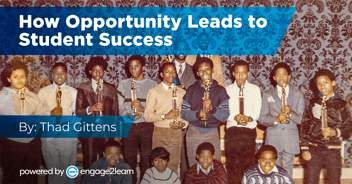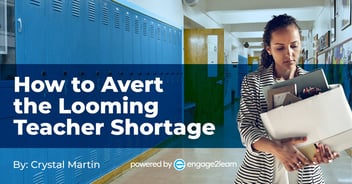Series: How can schools keep learners more engaged? | engage2learn
Welcome to the engage2learn Leading Learners blog series! We asked students across the state of Texas to write blogs about improving education. For their first assignment, they tackled the topic, “How can schools keep learners more engaged?”
Hear what Kilgore ISD student Leticia has to say about her experience in school, and how it can be improved.

An engaged class is the key to better grades, but everything comes down to the school and the learning environment. Without the school’s effort to pursue engagement in the class, the motivation diminishes due to students believing they aren’t “cared about.” The encouragement to strive and discover new interests start from the school administrators and students.
Communication
When teachers are introduced to new students, getting to know each student personally can help them open up more and explain their strengths and weaknesses in the subject. Knowing these strengths and weaknesses can help adjust a teacher’s style in certain areas for the understanding and success of the student.

Allowing the students to choose the pace of each lesson can help adjust to each individual’s style of learning. After completing the unit, students can provide feedback on what they learned and how the lesson can be improved. Sending surveys is one of the many ways to obtain this information.
Teachers are often bugged with the question on what they are doing that day. A lesson outline with the corresponding TEKS can answer this frequent question. Many school districts distribute calendars to inform the community of events that go on throughout the year. If teachers did the same, both the student and teacher will be prepared and organized to take on the new year.
Behavior
It may not be the teacher or school’s fault students are distracted in class. Sometimes their peers are the problem. Their behavior in class can reflect who’s guilty. A main distraction in the classroom is student cell phones. Every notification is another dose of oxytocin released in these highly addictive pieces of tech.
According to a survey conducted by SAM Labs, 48 percent of the teachers surveyed believe students retain more information with technology. Click To TweetAccording to a survey conducted by SAM Labs, 48 percent of the teachers surveyed believe students retain more information with technology. But some students abuse this privilege and enter inappropriate sites without the professor’s consent. Website filters are often added, yet this cannot be relied upon if the filters are not specific enough to block malicious websites. The best solution is to enforce technology security and the strict use of personal devices to provide a more desirable learning environment.
Application of Knowledge
Remembering facts from past classes can signal that the individual was taught in a way that benefited them. The subject will be easier to teach and add onto the prior knowledge a learner has already acquired. Not all students react the same way to every teacher’s style. A few students may still be struggling with the previous unit, either because they didn’t understand the lesson, or it was a weakness that was not worked on in the past.
Before teachers receive state assessment scores, they are run by school administrators. Whenever school administrators notice a section of students struggling in an area, a meeting with the teachers should be made, so no child is left struggling with the same problem. If this happened, the recalling of previous facts will be simpler and help with integrating new information into the student’s memory.
Conclusion
According to the results of Shernoff’s 2001 study, he discovered that students who experienced more engagement in high school science classes were more likely to major in college sciences a couple years later. In other words, a student will be committed to succeeding in the future if they are engaged in class. A school leader may not be able to find every specific style of learning for each student, but the goal must be followed through for future generations to come.



